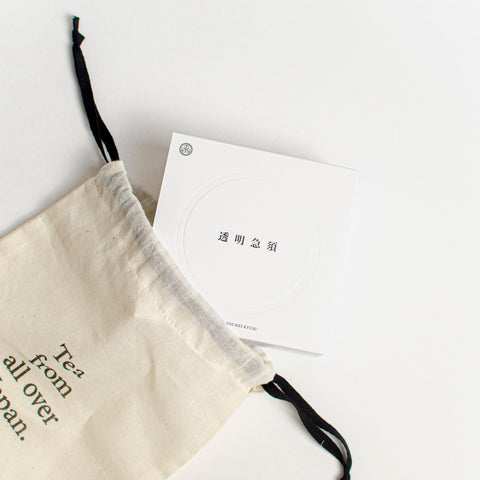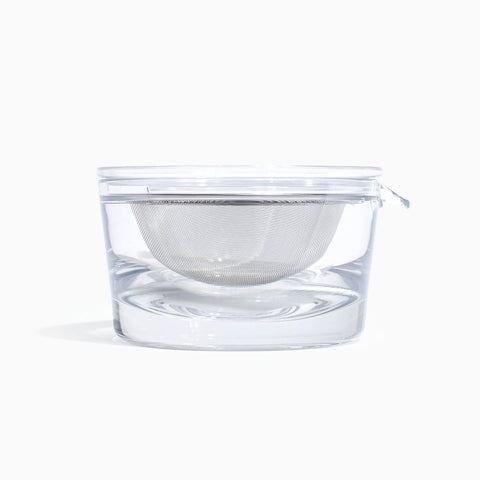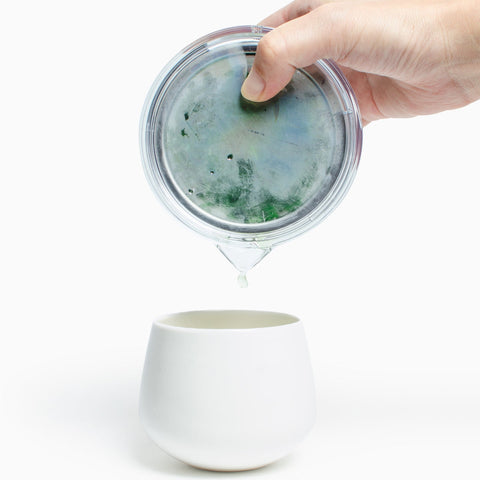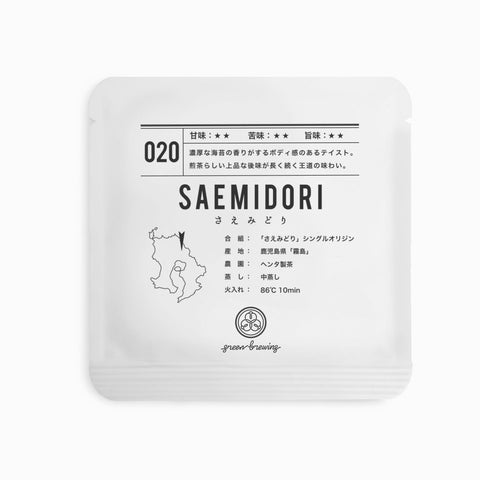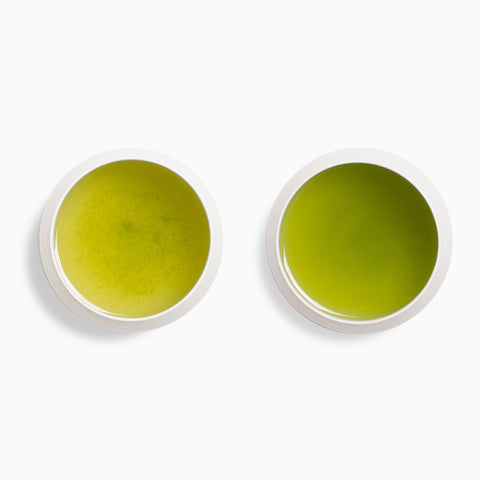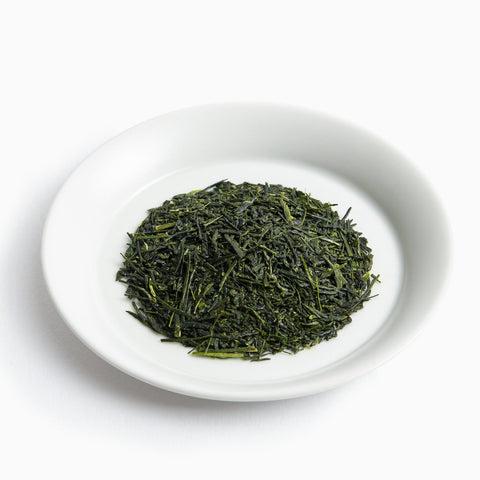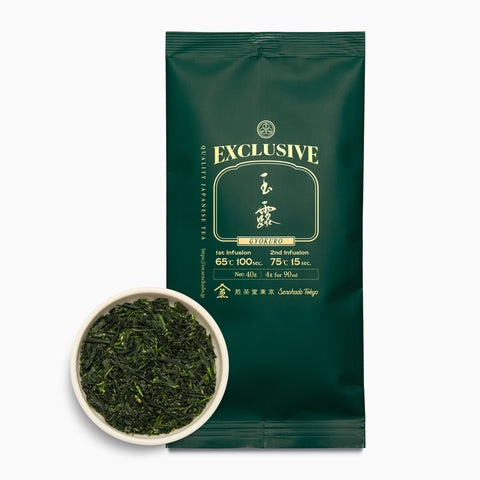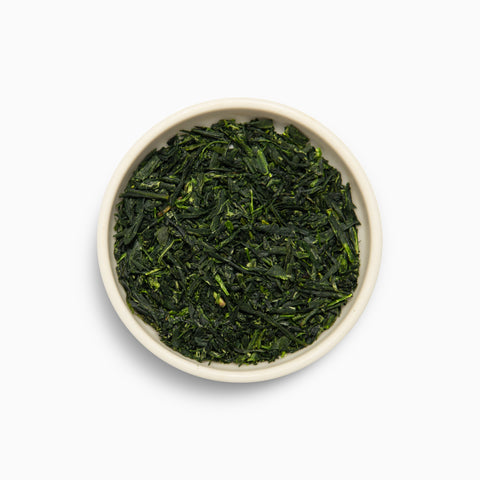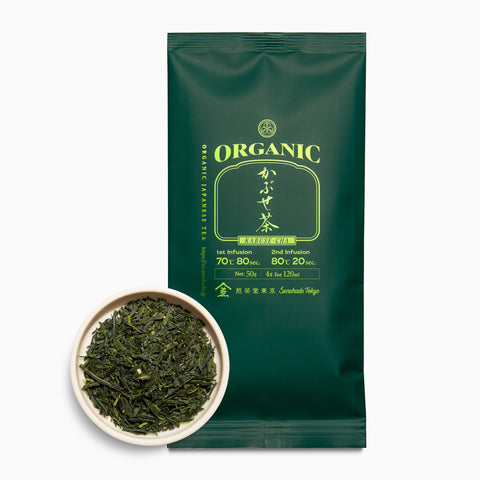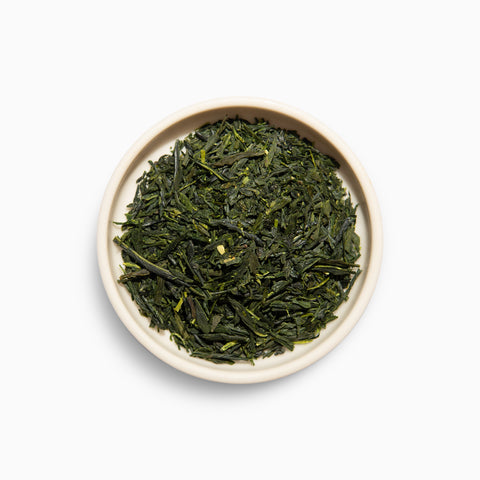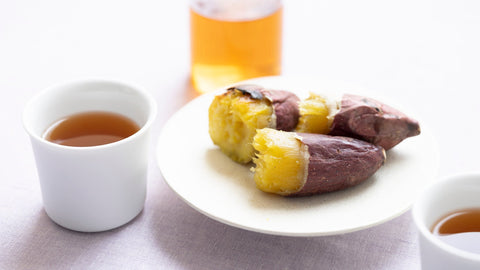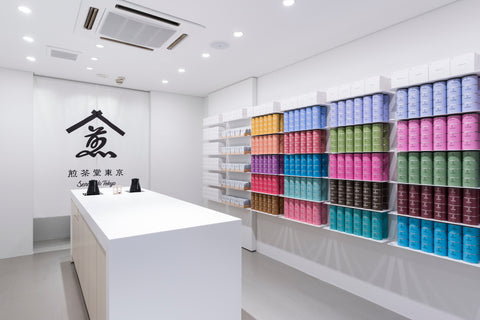The taste of a beverage can change dramatically depending on the glass used. Wine glasses, in particular, are excellent for enjoying these changes. Japanese tea, when served in a wine glass, transforms into an even more sophisticated beverage.
This time, we'll introduce a tea recipe to be enjoyed in a flute glass with a narrow mouth. Not only does it look elegant, but this glass also brings out the tea's natural acidity and bitterness.
For this sencha, we've selected "036 Minamikaori". It's beautifully elegant, with a lingering aroma that unfolds in multiple layers in your mouth. Using a flute glass, we'll not only enhance the aroma but also create a lightly sparkling tea for a new way to enjoy sencha.
Recipe for Lightly Sparkling "036 Minamikaori" in a Flute Glass

Different parts of the tongue perceive different tastes, with the first taste being the strongest. The shape of a wine glass changes the flavor by altering how the liquid enters the mouth.
The long, narrow flute glass has a small opening, requiring you to tilt it significantly. This causes the liquid to flow quickly and narrowly down the center of the tongue, making it easier to perceive the tea's refreshing acidity and astringency. This glass is used for champagne because the smaller surface area exposed to air helps maintain the bubbles longer.
This lightly sparkling tea combines Minamikaori's sweet, slightly grassy aroma with carbonation, creating a delightful nasal passage and throat sensation. It's unique in that it combines the first and second infusions, and using a flute glass creates an elegant tea time experience different from the usual.
<Ingredients>
Tea leaves "036 Minamikaori" 4g
Hot water 50ml (80°C)
Flute glass
Crushed ice 3 pieces
Soda water ("THE PREMIUM SODA FROM YAMAZAKI" recommended)
Teapot
Beaker (or glass)
<Preparation Method>
【1】Brew the first infusion, rapidly cool with ice, then pour into the flute glass

Put the tea leaves in the teapot and add 50ml of 80°C water. After 70 seconds, transfer to a beaker with 2 ice cubes and stir. Once the tea has cooled, remove the ice and pour into the flute glass.
【2】Brew the second infusion with soda water and pour into the flute glass

For the second infusion, place one ice cube in the center of the teapot with the remaining tea leaves. Add 50ml of chilled soda water and after 20 seconds, pour into the flute glass.
【3】Finally, add more soda water to the flute glass

Lastly, add 15cc of soda water to the flute glass to complete the drink. The key is not to stir, allowing a subtle gradient and enhanced refreshing sensation from the carbonation.
A Refreshing Pairing: "036 Minamikaori" with its Subtle Grassy Aroma and Anko Wagashi

The contrast between the refreshing fizzy sensation and the elegant aroma that rises to your nose is startling. We recommend mildly sweet wagashi with this tea. We selected daifuku made with usui beans, a type of pea. The subtle grassy aroma of the anko and its firm texture pair perfectly with the lightly sparkling tea.
<Featured Wagashi>
Murasaki-no Wakuden's "Wataboshi Usui Bean Anko" 3 pieces 1,620 yen (tax included). Please check the store's website for availability.
The tea used in this recipe
Other recipes are introduced below.




